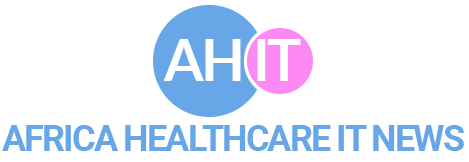The healthcare workforce is constantly evolving and changing. With new medical technologies being developed all the time, thanks to the med-tech company and the involvement of the global medical task force, the way that healthcare is delivered has to adapt too. This means that the workforce has to change and adapt as well.
One of the biggest impacts of new medical technologies is that they can reduce the number of staff needed to deliver care. For example, new diagnostic technologies can mean fewer staff are needed to carry out tests and procedures. Similarly, new treatments and therapies can be delivered by fewer staff than before. This can lead to cost savings for healthcare organisations, but it can also lead to job losses for healthcare workers.
Another impact of new technologies is that they can make some roles obsolete. For example, if a new technology is developed that can automate a certain task or process, then there may be no need for human staff to carry out that task anymore. This again could lead to job losses for healthcare workers.
New medical technologies can also have an impact on the skillset required by the healthcare workforce. As new technologies are developed, healthcare workers will need to be trained in how to use them. This means that the workforce will need to be constantly learning and updating their skills in order to keep up with changes in technology.
Technologies transforming patient care
One of the most promising new medical technologies is CRISPR, which stands for “clustered regularly interspaced short palindromic repeats.” CRISPR is a tool that can be used to edit genes, and it has the potential to revolutionize medicine by allowing us to correct genetic defects and treat diseases at the cellular level.
Another promising new technology is 3D printing, which is being used to create custom implants and prosthetics. 3D printing is also being used to create models of organs and tissues, which can be used for surgical planning and training.
In addition, new imaging technologies are being used to diagnose diseases earlier and track the progress of treatments. For example, PET scans (positron emission tomography) can be used to detect cancerous tumors, while MRI (magnetic resonance imaging) can be used to monitor the progression of Alzheimer’s disease.



